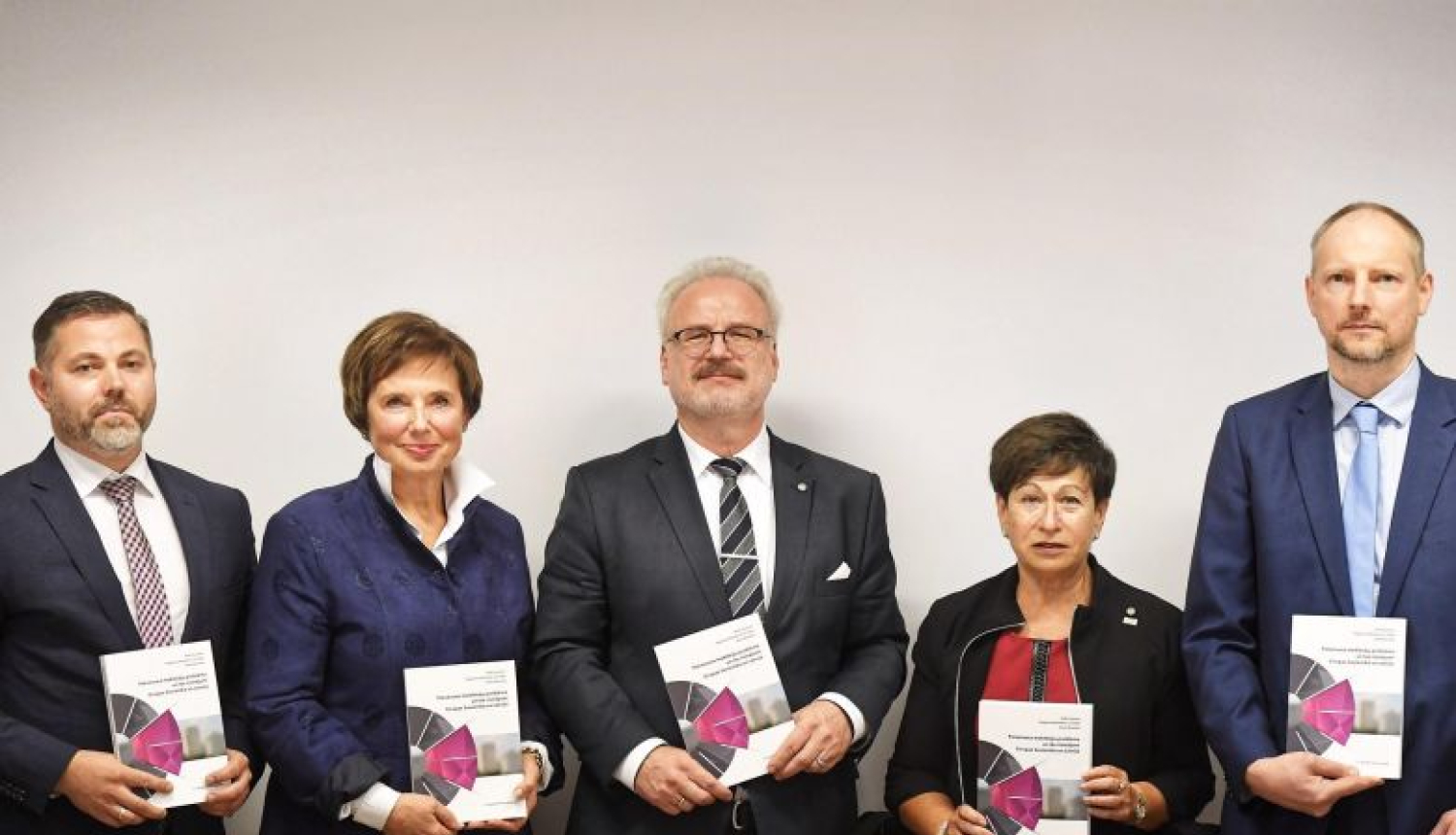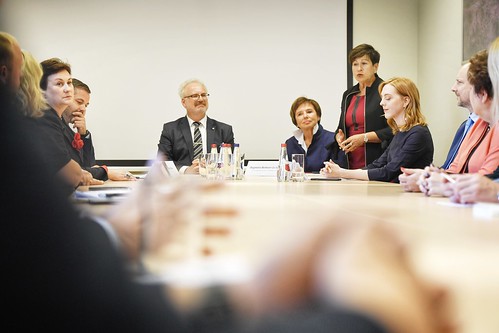It feels great to be holding the book in my hands for the first time.
The purpose of this publication is to give Latvia a set of tools and ideas for dealing with refugees and asylum seekers before a wave of migration hits.
Instead of calling such people ‘refugees’, which is the legal status asylum seekers are granted in case of successful application, I intentionally referred to them as ‘asylum seekers’ to emphasise their subjective self-assessment. An asylum seeker is somebody who comes here to find asylum.
This compilation offers us two different dimensions, the Latvian and European, which have been described in three chapters.
First chapter of the compilation presents the study conducted by Aldis Austers. This is the most detailed study on asylum seekers in Latvia ever compiled. As far as asylum seekers are concerned, this compilation is an excellent source of information about challenges faced by asylum seekers. It not only describes the European Union’s (EU) asylum policies, but also describes author’s views on how Latvia treats asylum seekers and what they expect from Latvia once they get here. For example, demographic situation in Latvia, growth, political environment, etc. Everything that asylum seekers should know about Latvia.
Dagmāra Beitnere-Le Galla offers a very interesting insight into human and moral aspects of asylum policies. For example, the attitudes and acceptance in the host country, in our case the Latvian society, towards asylum seekers or policies addressing asylum issues. This affects not only the asylum seekers themselves, this is also an issue for local population, because those who come here and request asylum influence the local community, as well. It is not only about economic and demographic dimension described by Mr Austers, it is also about the human and moral implications. Discriminating between the two is the right way to approach it. Human aspects focus on what we, the society, need to know about people seeking asylum, whereas the moral dimension emphasises our obligations – what those obligations are, what they entail and where this obligation ends. In other words, on the one hand, we must take into account the interests of the local society, on the other hand, meet the interests of asylum seekers. That is why the second chapter of the compilation strongly complements the first chapter.
And last but not least, the third chapter written by lawyer Zane Rasnača, which addresses the asylum seekers from a legal dimension. Asylum seekers who have been granted protection need to meet certain criteria to qualify as refugees. Madam Rasnača makes a clear distinction between two frameworks: EU law and national law. Just as the rest of the EU, Latvia follows two sets of asylum processing rules. One is described in the broader regulation of the EU, which is then transposed into national legislation, ensuring that national rules comply with the EU framework. Since legal status of asylum seekers is regulated by EU law, it will prevail over national legislation, whereas areas not regulated by EU law are addressed through national framework. Latvia has the duty to ensure compliance of its laws with EU framework. Zane Rasnača makes a clear distinction between the two and offers an interesting view on how interests of Latvia and asylum seekers may contribute to better EU and national law.
This compilation also offers a brief introduction by Inna Šteinbuka, the Head of the European Commission Representation in Latvia, and me, into broader aspects of challenges faced by asylum seekers.
I have mentioned several times today that this is a compilation, not a book, because it has been written by three authors. Each author worked mostly individually, but we also had several meetings in this very room to discuss and harmonise the content of the three studies. The result of it is comprehensive analysis of key problems associated with asylum seekers. For those inhabitants of Latvia who want to learn more about asylum seekers, this is the most extensive source available in Latvian, and probably the only source which offers a national, not universal, perspective on the topic.
Migration crisis has been subsiding since 2016, and Latvia has not been hit by further waves of migration. But the change can happen at any moment. That is why this compilation gives meaningful solutions which can prevent the possible difficulties. Latvia has taken in a certain number of asylum seekers and refugees. Although their number can be considered small in the European Union context, Latvia still needs to put in place appropriate rules and regulations.
In conclusion, I want to reiterate that in my opinion this is a highly valuable book. Let me thank again the team of authors with Aldis Austers, Dagmāra Beitnere-Le Galla and Zane Rasnača, and Inna Šteinbuka, for all the help and advice in writing of this book.





